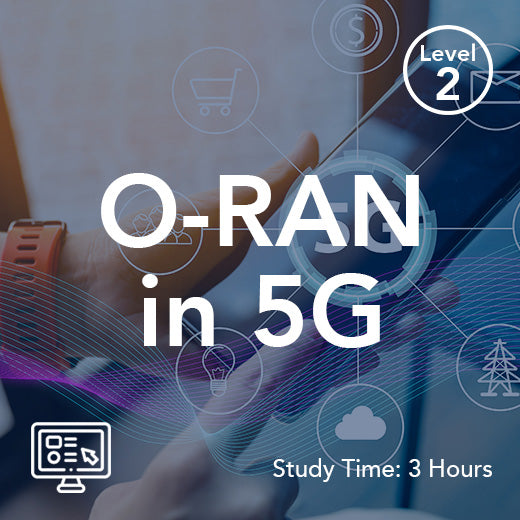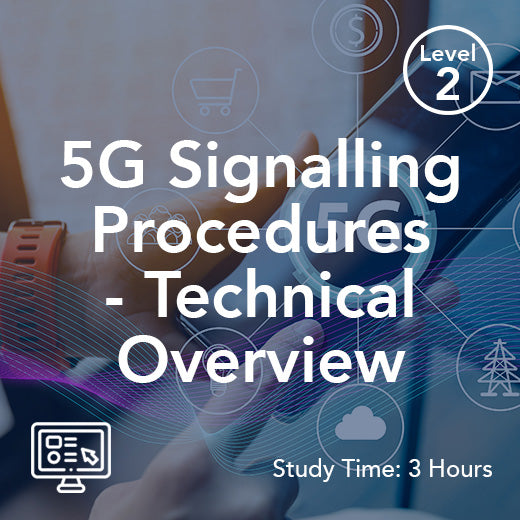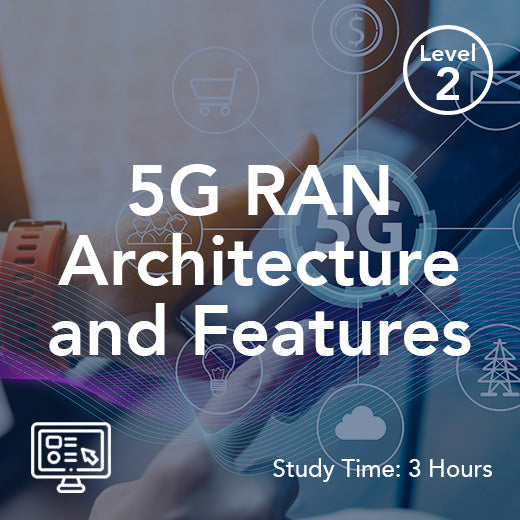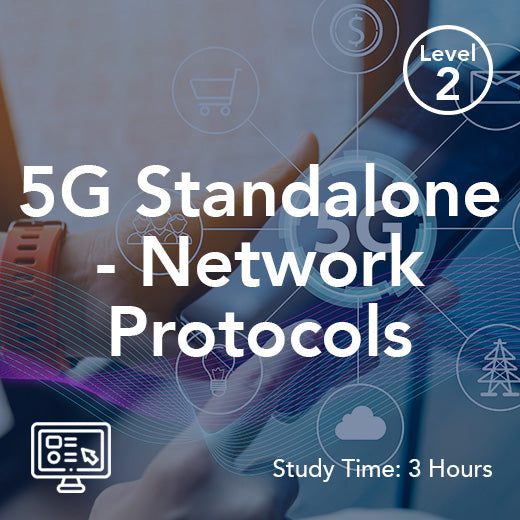Identifiant de cellule physique
- , par Stephanie Burrell
- 2 min temps de lecture
L'identifiant physique de cellule (PCI) est un identifiant unique attribué à chaque cellule d'un réseau mobile. Il joue un rôle crucial dans le fonctionnement des réseaux cellulaires, permettant aux appareils mobiles d'identifier la cellule appropriée et de s'y connecter pour communiquer. Le PCI est un élément fondamental de la conception et de l'optimisation des réseaux cellulaires, influençant leurs performances, leur capacité et l'expérience utilisateur globale.
Dans les réseaux LTE et 5G, l'identifiant de cellule périphérique (PCI) permet aux appareils mobiles de distinguer les cellules voisines et d'éviter les interférences. Chaque cellule se voit attribuer un PCI spécifique, diffusé périodiquement pour permettre aux appareils d'identifier et de mesurer la puissance du signal provenant des différentes cellules. Cette information est essentielle pour les procédures de transfert intercellulaire, lors desquelles un appareil passe d'une cellule à une autre lorsqu'il se déplace au sein du réseau.
Le choix des valeurs PCI est crucial pour éviter les conflits et les interférences entre cellules voisines. Si deux cellules proches ont la même valeur PCI, cela peut entraîner une confusion des signaux pour les appareils et impacter les performances du réseau. Par conséquent, une planification et une coordination rigoureuses sont nécessaires pour attribuer des valeurs PCI uniques aux cellules d'une zone donnée, en tenant compte de facteurs tels que la densité cellulaire, la zone de couverture et les niveaux d'interférence.
Outre la prévention des conflits, l'attribution des valeurs PCI influe également sur la capacité et l'efficacité du réseau. En sélectionnant judicieusement ces valeurs, les opérateurs peuvent optimiser les procédures de recherche de cellule, réduire les délais de transfert et améliorer les performances globales du réseau. Une planification PCI appropriée est essentielle dans les zones urbaines denses à forte concentration de cellules, où les risques d'interférences et de congestion sont plus élevés.
Avec l'évolution des réseaux cellulaires vers la 5G et les générations suivantes, l'importance de la planification des intervalles de connectivité (PCI) ne fera que croître. Le déploiement de petites cellules, d'antennes MIMO massives et de technologies de formation de faisceaux exigera des stratégies de gestion des PCI plus sophistiquées afin de garantir des performances réseau optimales. Les opérateurs devront exploiter des outils et des algorithmes avancés pour automatiser la planification et l'optimisation des PCI, en tenant compte des configurations réseau complexes et des modèles de trafic dynamiques.
De manière générale, l'indice de connectivité réseau (PCI) est un élément essentiel de la conception et de l'exploitation des réseaux cellulaires, car il influe sur leurs performances, leur capacité et l'expérience utilisateur. En planifiant et en gérant soigneusement les valeurs du PCI, les opérateurs peuvent optimiser l'efficacité du réseau, réduire les interférences et offrir une connectivité fluide aux utilisateurs mobiles. À mesure que le secteur des télécommunications évolue, le PCI restera un facteur clé dans le déploiement des réseaux de nouvelle génération et la fourniture de services mobiles de haute qualité.

































